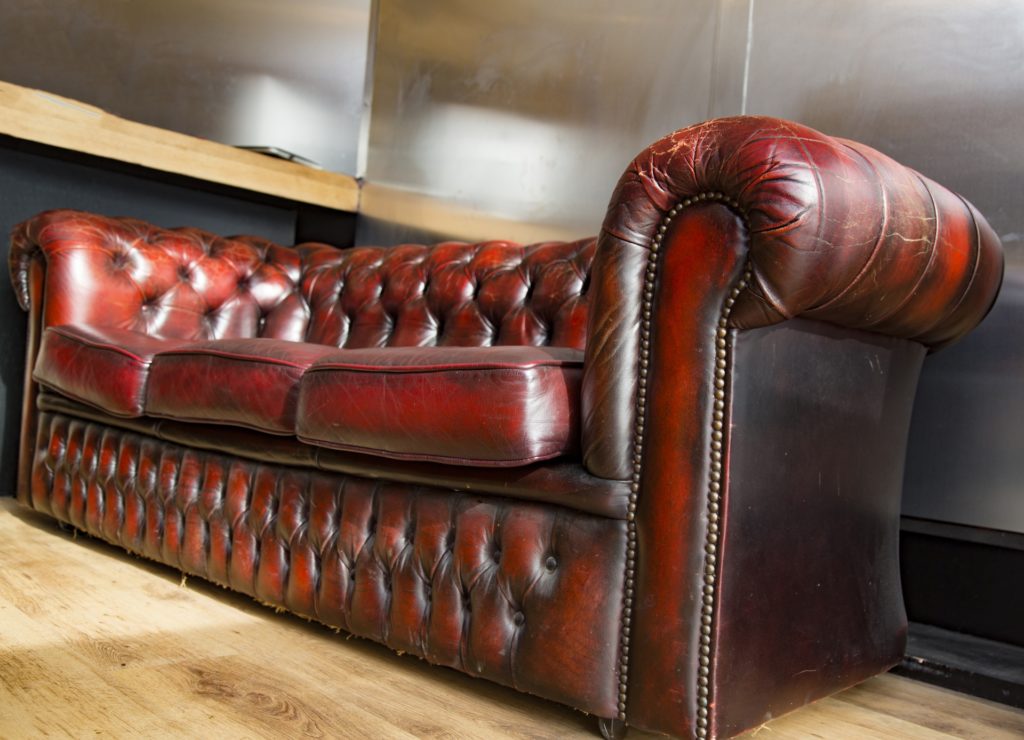
Leather sofas have been a popular feature in many modern homes, and for good reason! Not only do they have the ability to complement any type of interior design, but the simple cleaning and maintenance routine of a leather sofa means that they’re easy to look after.
If you’re interested in incorporating a leather sofa into your living area, the following steps will ensure that it is kept in perfect condition and will help to avoid the most common leather issues:
What are the different types of leather?
When it comes to quality leather sofas, you may find it useful to know which type of leather your sofa is furnished with. This is because it can affect the level of care and maintenance that it requires, along with alter the products you can use to clean it.
Some of the most popular forms of leather are:
- Pull-up: leather that has been pigmented with lighter oils or waxes to give a natural effect.
- Semi-aniline: leather that has been dyed using heavier pigments which hides the natural surface.
- Antique: leather that has been hand-sealed onto the surface for a traditional appearance and finish.
- Nubuck: leather that has been sanded and/or buffed to give a soft, velvet-like touch.
How to care for a leather sofa
To maintain the high standards of your leather sofa and ensure that it stays in perfect condition for years to come, follow these cleaning steps:
1. Prevent staining
Staining is one of the most common problems that occur with a leather sofa and occurs when liquids or oils are absorbed by the materials. Although certain leathers are relatively good with preventing stains after wax and oils are applied, it can leave a surface stain when not removed properly.
This can be avoided by immediately absorbing excess liquid off the surface with a damp cloth. You may want to use a specialist leather cleaner if the stain is stubborn or has been left too long.
2. Avoiding discolouration
When kept in direct sunlight, the pigment within leather sofas can disperse and cause discolouration. This can be easily avoided by placing the sofa into an area of the room that is out of direct sunlight, radiators and other heating equipment.
3. Maintaining the sofa shape
As time goes by, you may notice that the shape of your leather sofa is becoming deformed. This usually happens when dents are made in the seating pillows after prolonged sitting, as well as the seating becoming tapered at the end as your legs reach the floor.
The shape of your leather sofa can be maintained easily by ensuring that you’re sitting in the correct spot. Regularly plumping and turning the cushions of your sofa will also help to prevent deformed seats.
As you can see, maintaining the high quality of a leather sofa is easy and a thorough clean is only required when you take into account the steps mentioned in this blog post. If you follow this advice and keep on top of maintenance, there’s no reason why your leather sofa can’t look as good as new forever!